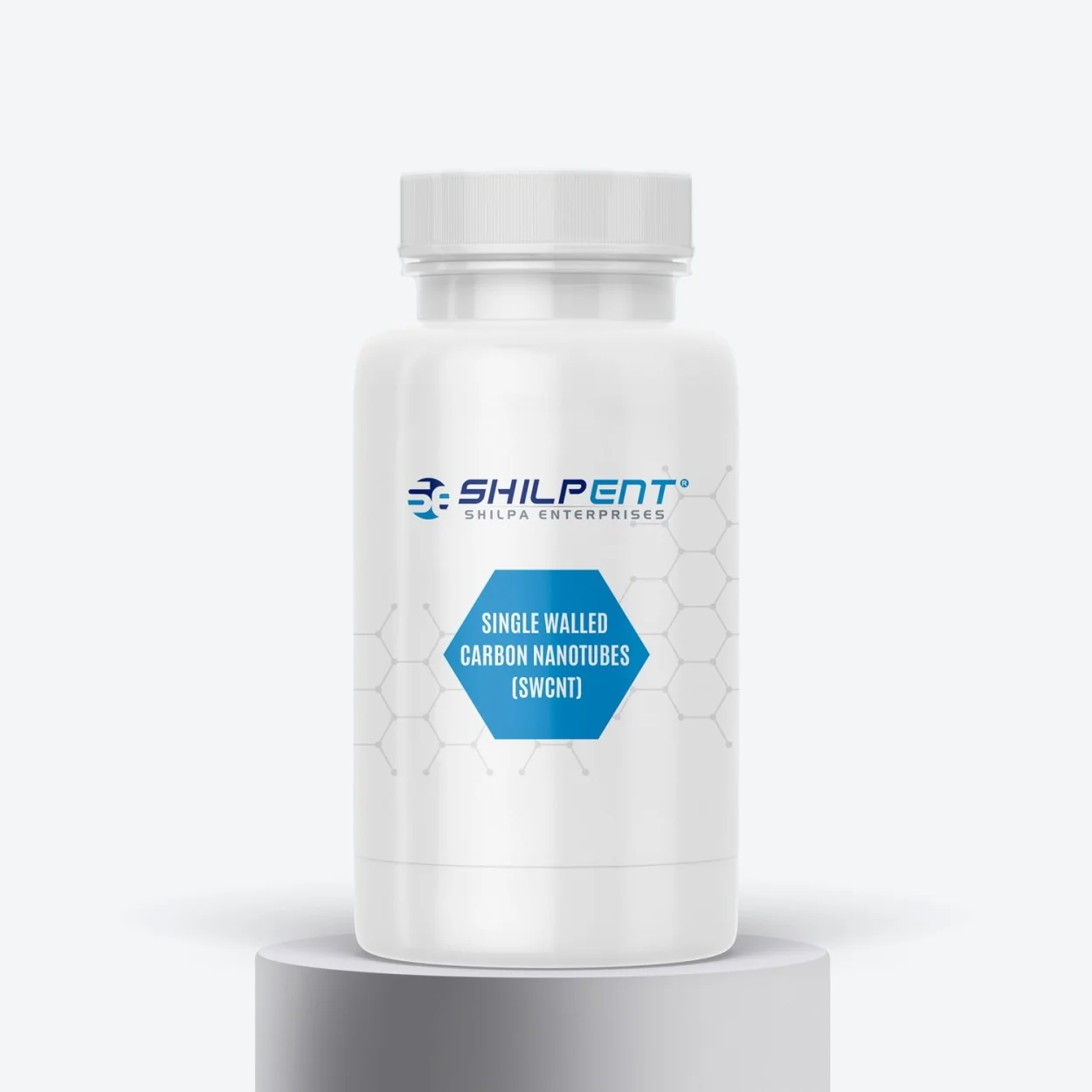




Carbon nanotubes, abbreviated as CNTs, are one of the most robust materials available on earth. It has developed from graphene, an allotrope of Carbon. The structure of the product comprises hollow tubes of single-layer graphene. It has an sp2-bonded atomic-scale hexagon-like structure, which is the reason for the element to be strong. It is similar to the structure of fullerene. Herein, carbon atoms have a covalent bond to three other carbon atoms to form a structure. The diameter of the product ranges from 1 nm to 100-200 nanometers, and it can be infinite in length with an average size of 1000 nanometers. There are three ways to produce this product: arc discharge, laser ablation of graphite, and chemical vapor deposition (CVD). It has a weak dispersing ability in solvents such as water, as it has strong intermolecular p–p interactions.
Single walled carbon nanotubes are one-dimensional, which appear like regular hexagonal lattices. The diameter of SWCNTs ranges from 0.7 and 10 nm. It extends infinitely into a cylindrical hollow tube, is the strongest, most compatible, and possesses zero to about 2 eV bandgap, which is not available in MWCNTs.
As the name suggests, the double-walled carbon nanotubes have a double-walled, one nested in another. It has a space of 0.36 nm between them, with an external diameter of 10 to 50 nm. This makes a varied degree of interaction between the two tubes. The advantage of the additional wall is that it alters the product feasibility while the core properties remain the same. Unlike SWCNTs, DWCNTs are compatible with solubility and functionality.
It is cylindrically shaped hollow tubes of graphene. Although it has multiple walls or layers, it is considered a one-dimensional product. The interlayer distance of the layers of the MWCNTs is 3.4 Å. The MWCNTs have a higher aspect ratio and are readily soluble. It has an outer diameter ranging from 2nm to 100nm. Its length varies from 0.5nm to 50 microns. The product has multiple walls of concentric CNTs, which is why it is not as strong as the SWCNTs and DWCNTs. It also affects the properties of electrical and thermal conduction.
There are two models to describe the MWCNTs. 1. The Russian doll model consists of sheets of graphene arranged in concentric cylinders. 2. The Parchment model consists of a single sheet of graphene rolled around itself, similar to a scroll of parchment or a rolled newspaper.
It is applied in gas sensors due to their sensitivity to H2, NO2, O2, or NH3, dielectrics, field-emission displays, and photovoltaic. It acts as a unique catalyst that supports chemical processes. Due to its immense strength, it is used in making bulletproof vests and armors, transmission line cables, stain-resistant fabrics, and many more.
Due to its excellent mechanical properties, it uses in wind turbines, marine paints, and composite polymers. Its applications include making energy powerhouses, field-effect transistors, batteries, solar cells, reusable batteries, electrical wires, and cables. Due to its lightweight, it uses in the development of parts of rockets, airplanes, vehicle bodies, tyres, handlebars, seats, aero bars, and coating of all types.
Requirements
Caution: Highly reactive to the human body. Hazardous to health.
The nanoparticles can cause serious issues with the human body if they enter the internal organs.
We are a renowned company for more than one reason. We are proud to hold a clientele from all over the world that are extremely satisfied with our performance. We possess an experienced team that delivers state-of-art products with a quick turnaround time. Moreover, our products are cost-efficient. “Carbon nanotubes” is one of our popular products with very high demand in the market. Since its applications lie in vivid fields, researchers are inclined towards it. We provide product customization for this product. We develop the product by the catalytic chemical vapor deposition method. We offer the CNT’s powder in 1, 5, 10, 25 grams or as per the requirements of our retails clients. We also give special price for the bulk requirement. We provide the product in dispersed as well as powdered form. We also provide the functional groups of the CNTs. Reach out to us from the contact page to know more about the product and to place orders.